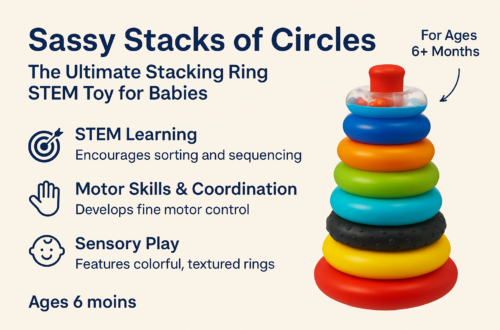Temper tantrums are a normal part of early childhood development, yet they often leave parents feeling overwhelmed, frustrated, or even helpless. The good news? With the right understanding and strategies, you can handle tantrums calmly and effectively.
In this post, we’ll dive into:
- What tantrums are and why they happen
- The psychology behind them
- Techniques to manage tantrums in the moment
- Long-term strategies to reduce their frequency
🤯 What Are Temper Tantrums?
A temper tantrum is an emotional outburst typically displayed by toddlers and preschoolers. It can include:
- Crying or screaming
- Hitting or kicking
- Holding breath
- Lying on the floor
- Refusal to comply with requests
They usually peak between 18 months and 4 years, when children are still learning to manage emotions and communicate needs.
🧠 Why Do Toddlers Have Tantrums?
Tantrums are a normal response to overwhelming emotions in a still-developing brain. Key causes include:
| Trigger | Explanation |
|---|---|
| Frustration | Limited vocabulary or motor skills = difficulty expressing needs. |
| Fatigue/Hunger | Tired or hungry toddlers have lower emotional regulation. |
| Desire for independence | “I want to do it myself!” can turn into a meltdown if blocked. |
| Overstimulation | Noisy, busy environments can overwhelm their senses. |
| Transitions or boundaries | Resistance to stopping play or being told “no.” |
📉 What Happens in the Brain During a Tantrum?
During a tantrum, the amygdala (emotion center) is in overdrive, and the prefrontal cortex (logic center) hasn’t fully developed. This means:
- Toddlers can’t reason logically when overwhelmed.
- They need co-regulation (your calm response helps soothe their nervous system).
🚨 What NOT to Do During a Tantrum
- ❌ Yell back – escalates the chaos
- ❌ Give in to demands – reinforces the behavior
- ❌ Punish harshly – causes fear, not learning
- ❌ Ignore emotions – toddlers need emotional validation
✅ What TO Do: Real-Time Tantrum Strategies
1. Stay Calm
Your child’s brain mirrors yours. Lower your voice, take deep breaths, and model the behavior you want.
2. Validate Feelings
Acknowledge the emotion, even if the behavior is not okay:
“I see you’re upset because you wanted the toy. It’s okay to feel mad.”
3. Offer Simple Choices
Empower them with control:
“You can hold my hand or I can carry you.”
4. Create a Calm Space
Designate a corner or soft mat where your child can go to calm down. Not punishment—just a safe emotional reset zone.
5. Use Distraction (Age-Appropriate)
For younger toddlers, shifting focus can work wonders:
“Look! A bird outside!”
🕰️ After the Tantrum: Repair and Teach
When your child is calm:
- Gently talk through what happened.
- Help label emotions: “You were angry because we had to leave the park.”
- Discuss better coping tools: deep breaths, using words, or hugging a stuffed animal.
📈 Long-Term Strategies to Reduce Tantrums
✅ 1. Predictable Routines
Children thrive on structure. Routines reduce anxiety and tantrums.
✅ 2. Sleep + Nutrition
A well-rested and well-fed child is far less likely to meltdown.
✅ 3. Transition Warnings
Give countdowns or visual timers before switching activities:
“Five more minutes, then we clean up.”
✅ 4. Praise Positive Behavior
Catch them being good:
“You waited your turn—that was kind!”
✅ 5. Model Emotional Regulation
Say things like:
“I feel frustrated, so I’m going to take a deep breath.”
🚩 When to Seek Help
Talk to a pediatrician or child psychologist if:
- Tantrums are extreme, violent, or last >15 minutes frequently
- Your child harms themselves or others
- You feel unsafe or overwhelmed regularly
- There’s a sudden behavioral regression without clear cause
🧘 Final Thoughts
Tantrums are a developmental milestone, not a parenting failure. With patience, empathy, and consistency, your child will learn better emotional regulation—and you’ll feel more confident navigating the storm.



